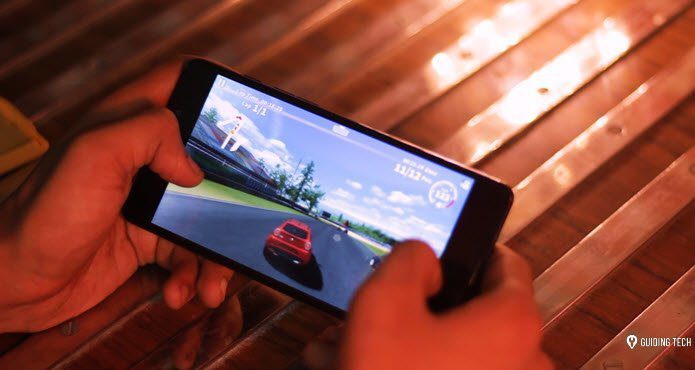Well recently, Lockheed Martin demonstrated the combined use of optionally piloted helicopters and small unmanned aerial systems for the purpose of extinguishing fires and carrying out search and rescue operations.
A Team of 4 Aircrafts
Lockheed Martin’s demonstration was done using a team of 4 aircrafts with each complementing the others’ capabilities. The aircraft used were as follows: -NASA
Indago quadrorotor unmanned aerial systemK-MAX optionally-piloted helicopterDeserk Hawk 3.1 unmanned aircraft systemSikorsky Autonomy Research Aircraft(SARA)
Indago Quadrotor Unmanned Aerial System
The Indago was used in the demonstration to locate spots where there was fire.
K-MAX Optionally-Piloted Helicopter
The information collected by the Indago was then transmitted to an operator.The operator then sent instructions to the K-MAX to collect water from a nearby pond to be dumped onto the fire. The fire was subsequently put out; all this without a human flying the helicopter.
Deserk Hawk 3.1 Unmanned Aircraft System
The Deserk Hawk scouted the demonstration area for any missing persons. One person was located, and this information was relayed to SARA.
Sikorsky Autonomy Research Aircraft(SARA)
After receiving the information, SARA flew off to conduct the rescue of the missing person.
Motivation Behind Autonomous Firefighting
As NASA points out, something on earth is always burning. However, occurrences such as wildfires can be devastating to the human population. For this reason, many firefighters risk their lives to fight these fires and protect communities. Naturally, this is dangerous work, and unfortunately, many firefighters have lost their lives to wildfires. This is where autonomous firefighting aircraft come into play. Instead of putting human life on the line, these aircrafts can be put into action to aid in perilous firefighting activities. These aircraft can fly into dangerous zones, fight fires and even save lives. They also are not prone to the same errors that humans are and don’t suffer from fatigue.
Other Possible Uses For Lockheed Martin’s Autonomous Aircraft
In addition to their firefighting capabilities, these aircraft could be used in other applications as well. Take the K-MAX for example. It is capable of the following:
Aerial drilling operations for the oil and gas industry.Delivery of humanitarian aid.Delivery of supplies in a military environment.Aerial application of herbicide, pesticide and fertilizer to support the health of forestry.
Final Thoughts
The amazing thing is that the applications mentioned above are probably just scratching the surface of the capabilities of autonomous aircraft. It will be exciting to see what the future brings as the technology develops. Take a look at the aircraft in action at the demonstration which was conducted on November 8th, 2016.
The above article may contain affiliate links which help support Guiding Tech. However, it does not affect our editorial integrity. The content remains unbiased and authentic.












